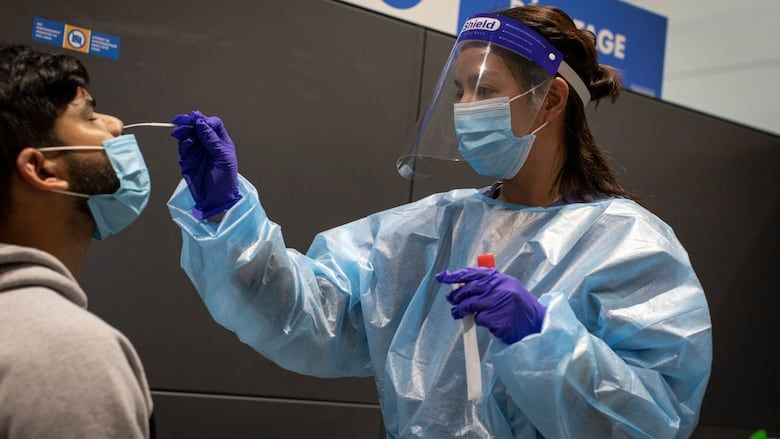
(a) RT-PCR
Reverse Transcription Polymerase Chain Reaction (RT-PCR) is a laboratory technique used to amplify and quantify RNA. The process involves two main steps: reverse transcription and polymerase chain reaction.
- Reverse Transcription: In this step, the enzyme reverse transcriptase synthesizes complementary DNA (cDNA) from the RNA template. This is crucial because most PCR techniques require DNA as a template.
- Polymerase Chain Reaction: Once cDNA is synthesized, it undergoes amplification through PCR. This involves repeated cycles of denaturation (separating the DNA strands), annealing (binding of primers to specific sequences), and extension (synthesizing new DNA strands). The result is an exponential increase in the amount of cDNA, allowing for sensitive detection and quantification of RNA levels.
RT-PCR is widely used in research and clinical diagnostics, particularly for detecting viral RNA in infections like COVID-19.
(b) Northern Blotting
Northern Blotting is a technique used to detect specific RNA sequences within a sample. The process can be broken down into several key steps:
- RNA Extraction: Total RNA is extracted from cells or tissues.
- Gel Electrophoresis: The extracted RNA samples are separated by size using agarose gel electrophoresis. This allows for the resolution of different RNA species based on their length.
- Transfer: After electrophoresis, the RNA is transferred from the gel onto a membrane (usually nylon or nitrocellulose) through capillary action or electroblotting.
- Hybridization: A labeled probe that is complementary to the target RNA sequence is added to the membrane. This probe can be radioactively or non-radioactively labeled.
- Detection: After washing away unbound probes, the membrane is exposed to X-ray film or analyzed using other detection methods to visualize the hybridized bands corresponding to the target RNAs.
Northern blotting provides information about RNA size, abundance, and expression patterns in different samples.
(c) Nuclease Protection Assay
Nuclease Protection Assay (NPA) is a method used to study gene expression by detecting specific mRNA molecules within a complex mixture of nucleic acids. The procedure involves:
- Probe Preparation: A labeled antisense riboprobe complementary to the target mRNA is synthesized, typically using in vitro transcription techniques.
- Hybridization: The riboprobe is mixed with total RNA from cells or tissues under conditions that allow them to hybridize specifically with their complementary mRNA targets.
- Nuclease Treatment: Following hybridization, nucleases are added that degrade any single-stranded RNA not protected by hybridization with the probe. Only double-stranded regions formed by probe-target hybrids remain intact.
- Analysis: The protected fragments are then analyzed through gel electrophoresis or other methods to determine their size and quantity, providing insights into mRNA expression levels.
NPA offers high specificity and sensitivity for measuring gene expression compared to other methods.
(d) Microarray Analysis
Microarray Analysis, also known as gene chip technology, allows simultaneous measurement of thousands of genes’ expression levels within a single experiment. The process includes several steps:
- Array Preparation: Microarrays consist of small glass slides or silicon chips onto which thousands of DNA probes corresponding to different genes are fixed in an orderly manner.
- Sample Labeling: Total RNA extracted from samples (e.g., treated vs untreated cells) is converted into cDNA and labeled with fluorescent dyes.
- Hybridization: Labeled cDNA samples are applied to the microarray where they hybridize with complementary probes on the array surface.
- Washing and Scanning: After hybridization, unbound cDNA is washed away, and the array is scanned using a laser scanner that detects fluorescence intensity at each spot on the array.
- Data Analysis: The intensity of fluorescence at each probe location correlates with gene expression levels; bioinformatics tools analyze this data for patterns indicating differential gene expression across conditions or treatments.
Microarray analysis enables researchers to explore global gene expression profiles quickly and efficiently across various biological contexts.







